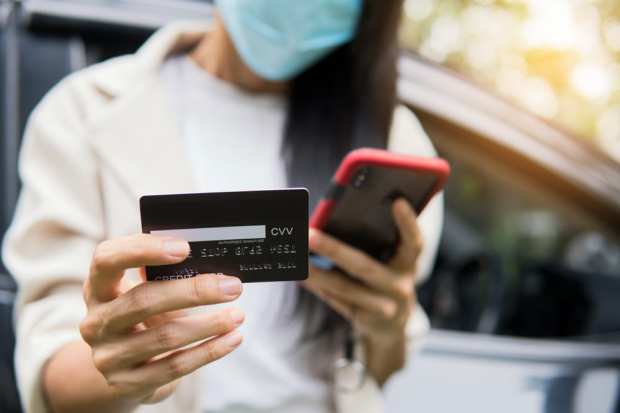How We Shop Will Never Be The Same

When PYMNTS first asked consumers in mid-March how long they thought the COVID-19 pandemic would last, the average estimate was 138 days — about two months. After that, folks believed, we’d be going back to business as usual and a booming economy.
In hindsight, “wrong” doesn’t seem to capture the magnitude of our collective wishful thinking.
It’s painfully obvious that we’re not “going back” to anything. From the frightening disease itself to the lockdowns and ensuing economic glaciation, forward is now the only path.
To gain a clearer understanding of the new forces reordering global commerce, PYMNTS, in collaboration with PayPal, surveyed nearly 2,200 U.S. consumers for an inside look at shopping and payment preferences after COVID, and what retailers need to know to adapt.
The How We Shop Report, done in collaboration with and supported by PayPal, maps the digital shift for retailers, with crucial and timely insights on catering to new digital-first consumers.
Dominion of the Digital-First

Among the most notable findings of the new study is how fast mass behavioral change can take root. For example, “24 percent of all consumers say they have taken at least one of their routine shopping activities online and do not plan to revert to shopping in stores for this activity, even after the pandemic is over,” per the report.
A much-talked-about “return to normalcy” has consistently been tied to a vaccine, with “59 percent of consumers [saying] they would not feel comfortable returning to their pre-pandemic lifestyles until a vaccine is readily available,” the report states.

Yet with a vaccine rumored to be ready by year’s end, consumers may become safe from COVID, but a multitude picked up something else in 2020: the preference for digital shopping and payment choice. Apparently, no one’s interested in a “cure” for cool digital experiences.
According to How We Shop, “the share of consumers shopping less for retail goods in stores and more online increased 28 percentage points since March,” with online restaurant ordering increasing 14 percentage points over the same period.
Payments Choice Decides the Winners
Of the most telling findings for retailers from How We Shop is the concurrent shift in payments preference that has attended the larger shift from in-store to eCommerce, even for groceries.
Some six in 10 consumers (57 percent) responded that optionality in payments has become a primary deciding factor when it comes to where they shop and how much they spend.

Noting that consumers are “are particularly interested in using contactless payment options, as 26 percent and 23 percent of consumers say merchants must accept contactless cards and offer curbside pickup, respectively,” the report said trendlines emphasized the growing wish to avoid cash, checks and even cards — anything to keep one from actually touching anything as they pay.
The payments choice revolution goes hand in hand with loyalty, as consumers get savvy about brands battling for their business and demand more in terms of rewards and experiences. But it is flexibility that’s really winning friends and influencing shoppers in the COVID aftermath.
“Buy now, pay later” (BNPL) installment plans have become a major part of the consumer shopping experience during the pandemic, a trend that shows substantial growth. In fact, “consumers’ willingness to shop with merchants is greatly impacted by the availability and acceptance of their preferred payment methods, as many say they would not even consider buying from merchants that did not provide them,” the report states. “Our research shows that consumers who prefer shopping with QR codes are among the most loyal users of all, for example: Approximately 34 percent say they would not buy from merchants at all if QR code-enabled payments were unavailable.”
